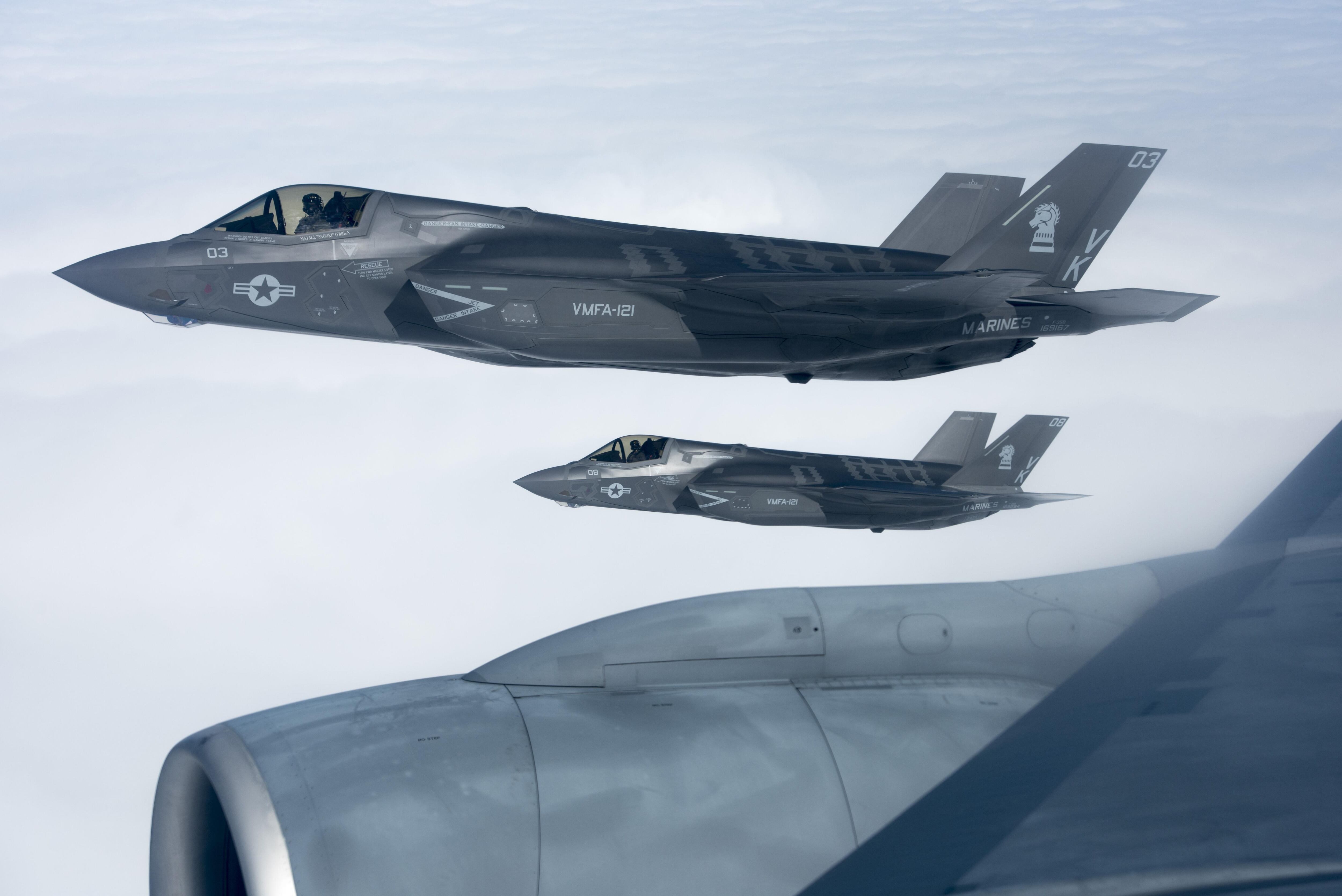Birds can be a hazard for civilian and military aircraft, causing millions in damages every year.
On Tuesday an F-35B with Marine Aircraft Group 12, 1st Marine Aircraft Wing, out of Iwakuni, Japan, was forced to abort a take-off because of a bird strike, according to Major Eric Flanagan, a spokesman for 1st Marine Aircraft Wing.
The aircraft “safely taxied off the runway,” but initial assessments indicated the high-tech stealth fighter suffered more than $2 million in damages, making it a Class A mishap, Flanagan told Marine Corps Times in an emailed statement.
The incident is currently under investigation and a complete damage assessment is underway.
On, April 17, an Air Force F-16 with the 49th Wing out of Holloman Air Force Base, New Mexico, struck a hawk during a routine landing.
First reported by Task & Purpose, a picture of the incident was posted to the Air Force amn/nco/snco site — a popular Facebook page for airmen and veterans.
“When a bird strike occurs, the remains are sent to the Smithsonian where they classify the bird and determine how it was struck,” 2nd Lt. Jasmine Manning told Marine Corps Times in an emailed statement. “The bird pictured is a Swanson’s Hawk.”
Manning added that the base “takes measures to prevent as many of these strikes as possible, as well as any obstruction that would affect a safe take-off or landing of our aircraft.”
In 2018, USA Today said that there were more than 14,661 reported bird strikes with civilian aircraft in the U.S. — that computes to nearly 40 bird incidents a day.
The Associated Press reported that there was a ramped up effort to kill birds around airports following the “miracle” landing of a jetliner piloted by US Airways pilot Chesley “Sully” Sullenberger in 2009 on the Hudson River in New York.
A flock of geese were blamed for knocking out two engines of Sullenberger’s US Airways flight 1549.
Since that incident, according to a 2017 AP story, more than 70,000 birds have been killed around New York’s three major airports as part of a bird killing program.
An Atlanta Journal-Constitution story said the Hartsfield-Jackson Atlanta International Airport was willing to fork over $50,900–$67,800 a year to someone willing to work on helping keep wildlife away from the airport.
The F-35B bird strike is the Corps’ second Class A mishap in less than one week.
On May 3 a Marine F/A-18 out of Mountain Home Air Force Base, Idaho, made a emergency landing due to an engine bay fire.
No one was injured in the F/A-18 incident.
The Navy classifies a Class A mishap as an accident resulting in $2 million or more in damages or an incident that results in death or total disability.
Shawn Snow is the senior reporter for Marine Corps Times and a Marine Corps veteran.




